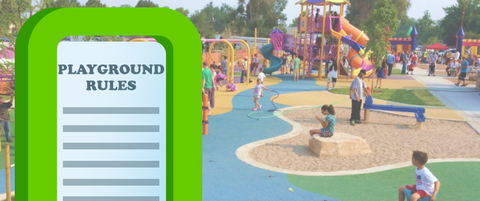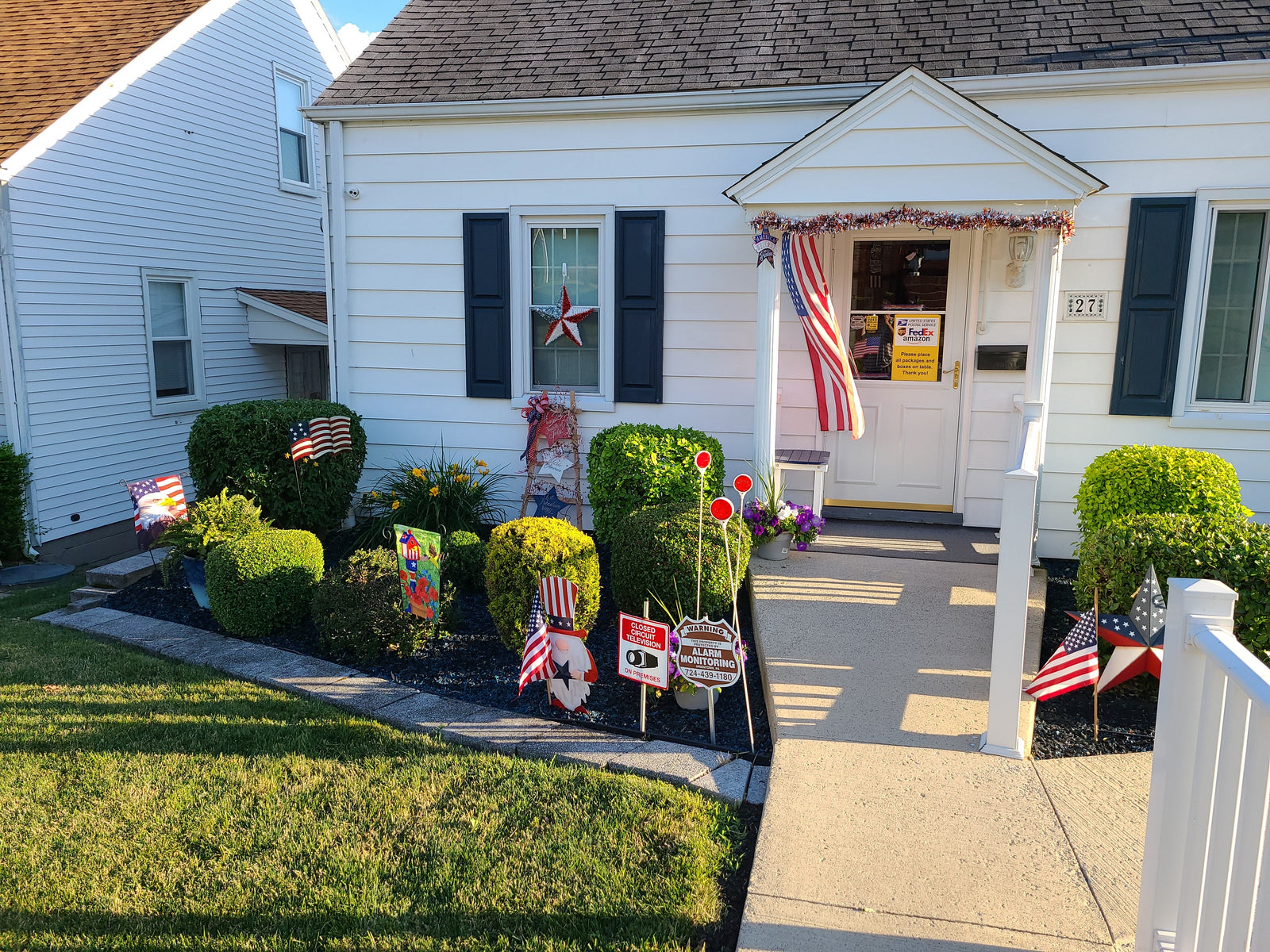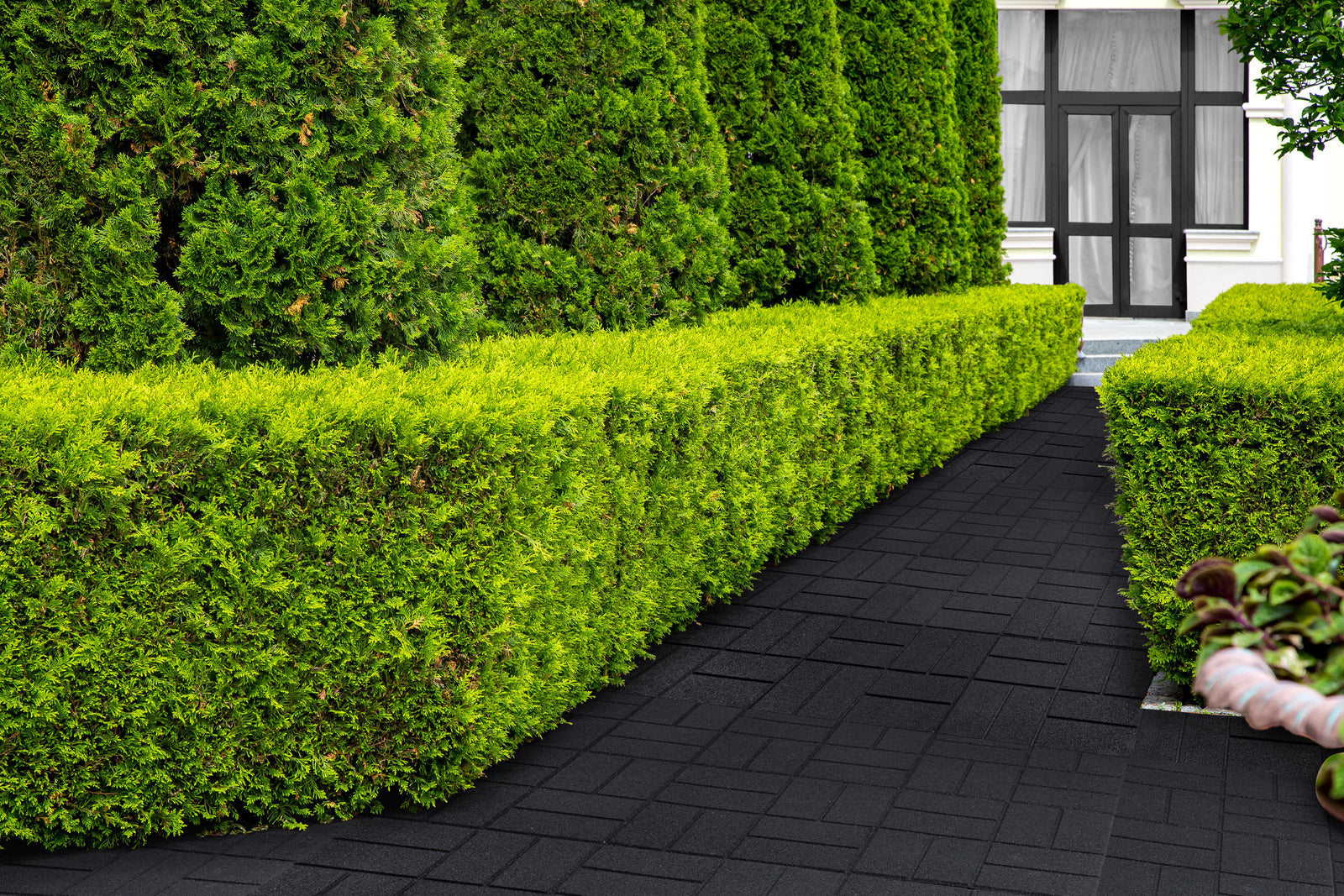March 23, 2016
Playground Regulations

What is the Importance of Regulations in Playground Safety?
Playground safety regulations are crucial as they establish rules and contribute significantly to the well-being and peace of mind of children and their guardians. These regulations have become essential in reducing the number of playground-related accidents that lead to emergency room visits each year.
How Have Safety Guidelines Standardized Playground Safety?
In 1981, the Consumer Product Safety Commission (CPSC) released a handbook of safety guidelines for playgrounds, which has been updated several times (1991, 1994, 1997, 2008, and 2010) to reflect new concerns and innovations. This handbook has set the standard in the playground industry for safety information, offering comprehensive guidance for both public and home playground setups.
What Role Do State Legislations Play in Playground Safety?
Several states, including Arkansas, California, Connecticut, Florida, Illinois, North Carolina, Oregon, Texas, Utah, and Virginia, have adopted the CPSC’s Safety Handbook fully or partially. These states enforce strict implementation of these guidelines. For example, in California, state funds can only be used for playgrounds if they comply with these regulations.
How Are Child Care Providers Impacted by Playground Regulations?
In states like Florida, child care providers are required to complete a course in playground safety to obtain their license. This is in line with Florida’s Child Care Standards (F.A.C. 65C-22.003). Similarly, Virginia's Child Care Standards (22 VAC 15-30-310) mandate written playground safety procedures, including active supervision by staff members.
What Improvements Have Been Made in Playground Equipment and Planning?
Modern playground planning and equipment prioritize safety. Many states now require resilient surfacing, such as rubber mulch, in playgrounds and a minimum fall zone of six feet around all equipment. Regulations also address entanglement hazards, swing seat compositions, and entrapment, imposing strict requirements for both private and public playgrounds to enhance safety.
References:
http://www.playgroundsafety.org/standards/cpsc
http://www.playgroundsafety.org/standards/regulations

Also in Rubber Mulch Blog

Embracing Eco-Friendliness by Choosing Rubber Mulch for Your Playground
June 17, 2025
“Reuse, Recycle, and Reduce” are three main aims when it comes to preserving the health of our planet. Rubber mulch definitely falls within their scope. Conserving resources, energy efficiency, and better health for kids are all rubber mulch benefits.

Effective Mold and Fungi Prevention: The Hidden Value of Rubber Mulch
October 31, 2024

Create Your Own Sensory Path with Rubber Pavers
October 28, 2024
shop
Copyright © 2025 RubberMulch.com - All Rights Reserved.






